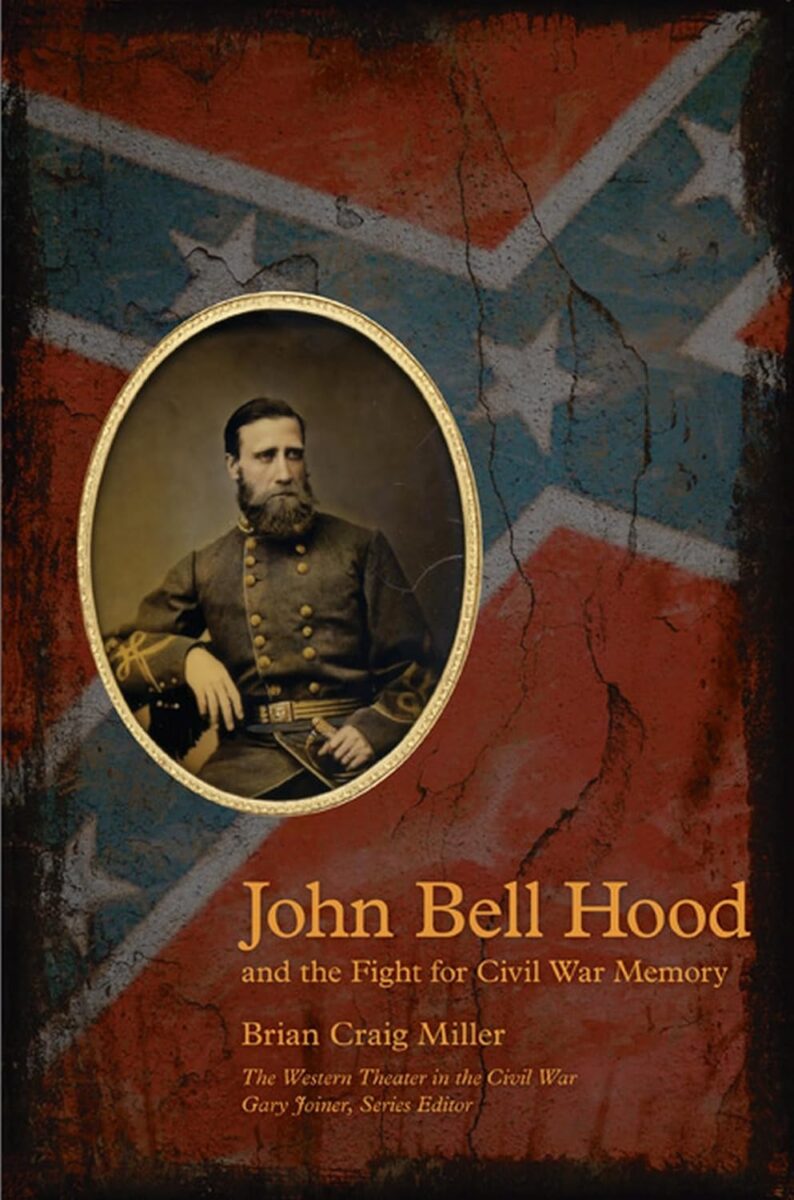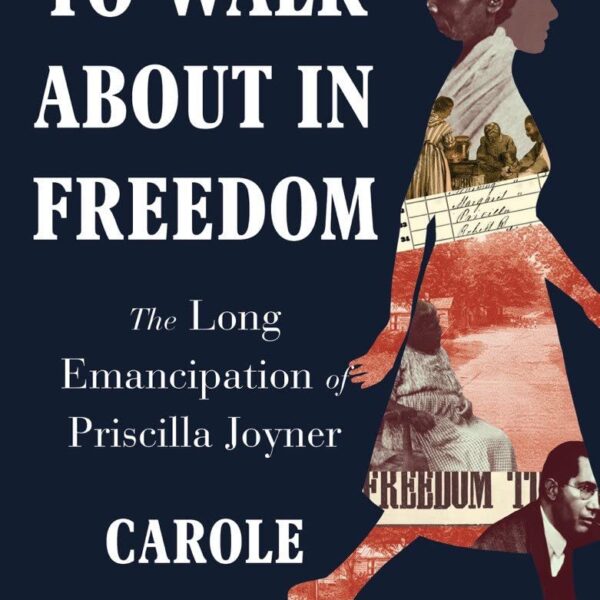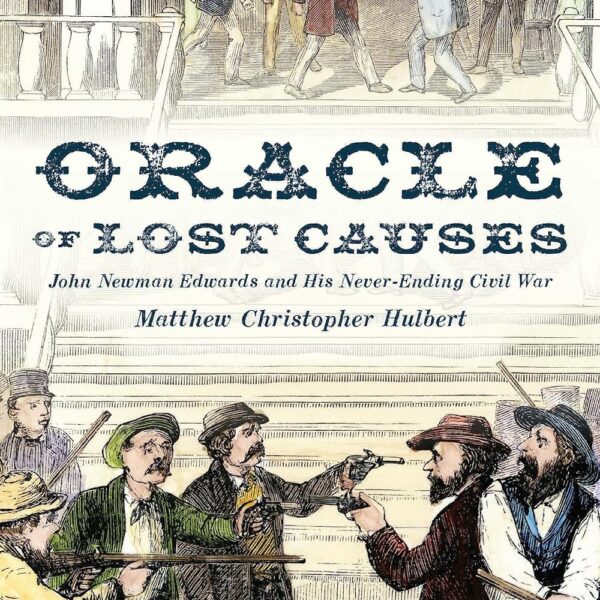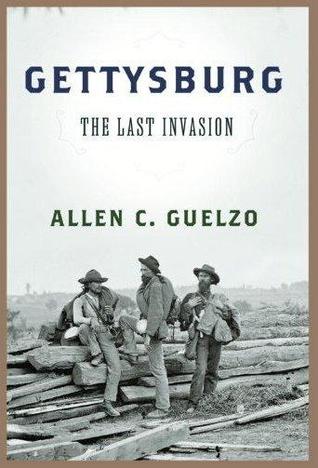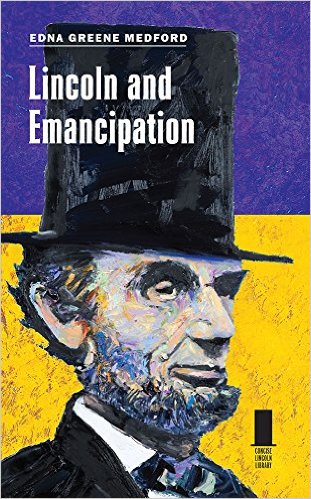The Civil War destroyed John Bell Hood’s life. After spending several years on the Texas frontier as a rising young officer in the pre-war U. S. Cavalry, the Kentuckian made Hood’s Texas Brigade one of the most feared units in the Confederate army. By mid-1863, Hood had risen through the ranks on the basis of his aggressive leadership. However, within six months he had lost the use of an arm at Gettysburg and a leg a few months later at Chickamauga. When, remarkably, he returned to service in 1864, he was a different man. Inserted into the Army of the Tennessee as Jefferson Davis’s personal informant, he was eventually appointed to command that outnumbered army as William T. Sherman’s force backed it up against Atlanta. There and on other battlefields over the next few months Hood vainly hurled his dwindling army against Yankee units. Following the war, his reputation and honor in tatters, Hood tried to rehabilitate himself by becoming a businessman in New Orleans. Hood also performed philanthropic work on behalf of veterans and commemorative activities in order to rebuild his manhood and shape the construction of the South’s memory of the war in general and especially of his role in it. His own posthumously published Advance and Retreat was dominated by a section actually called “Reply to General Johnston”—a direct and ineffective effort to rebut attacks on Hood in Joseph Johnston’s arch memoir. Hood died just before it was published—the last act of his tragic life came when he and his wife died of yellow fever in 1879, leaving eleven orphaned children—but his reputation nevertheless suffered as the Southern Historical Society and others endlessly debated the glory and dishonor of the Lost Cause in general and Hood’s failures in particular.
Brian Craig Miller argues that considering Hood through the lenses of manhood and memory—he calls his book a “cultural biography”—offers a fresh perspective on a Confederate who could have starred in a Greek tragedy (xxi). He believes historians, who he accuses of having “essentially read history backward,” have not supported their negative appraisals of Hood’s leadership or even character with adequate primary research (xviii). Yet Hood left virtually no papers, which makes Miller’s task incredibly difficult. Applying the concepts of memory and manhood to any Confederate general—especially one whose life was so devastated by the war—could tell us a lot about the man and the cause, and Miller’s ambition to raise this biography above the purely military is to be admired. But historians who dip into the waters of the histories of memory and gender need to have at least some insight into their subjects’ inner lives. In Hood’s case, the lack of personal sources removes the possibility of accessing any kind of interior narrative. Without any real evidence of what Hood actually thought about anything, and unable to transcend the two or three years of military prominence that ended in ignominy, Miller is left somehow to defend the honor and professionalism of a man in a job in which the only real measure of success could not be more stark: did he win the battles he fought or lose? Hood lost the battles in which he held ultimate responsibility, which complicates Miller’s agenda.
The author wants to show that Hood developed certain attitudes about manhood—his own manhood, in particular—and about honor, but Hood’s reactions to growing up in a border slave state, his response to the opportunities and pressures of attending West Point, even his attitudes about secession and politics, are largely extrapolated from the lives of other, better-documented southerners and generals. How did Hood become so confident and headstrong? Miller implies that early success—often generated by incredible luck and complemented by Hood’s demonstrable personal bravery—helped make him the way he was, but because of the paucity of evidence regarding personal motivations and aspirations, it is difficult to know for sure. Miller suggests that historians have criticized Hood without substantive evidence. He takes particular umbrage at accusations of drug and alcohol abuse, but fails to offer a contradictory explanation for Hood’s behavior. This is not to say that other historians are correct about Hood’s dependence on drugs, but it does suggest that Miller has no more reason to make many of his more positive assertions than earlier biographers had to make negative ones.
Despite these criticisms, this is probably the most human biography of John Bell Hood possible, given the paucity of sources. It is at times moving: the author’s section on Hood’s Richmond interlude following the loss of his leg, when he was surrounded by women and found himself needing the kind of help eating, walking, and dressing himself that forced him to redefine his sense of self, provides a useful image of how disabled Confederates began to adapt to their new lives. In the absence of Hood’s personal thoughts, the author makes Richard Ewell, who suffered similar traumatic wounds, into an effective surrogate for showing how life-threatening wounds and amputation could affect a man. And the section showing how Confederates—not just Hood—tried to use philanthropy and commemoration to rebuild their confidence and sense of honor following the war offers a useful nuance to the literature of the Lost Cause. Unfortunately, not unlike the general himself, this biography falls short of its lofty goals at least partly due to a paucity of resources.
James Marten is a Professor of History at Marquette University and most recently the author of Sing Not War.
